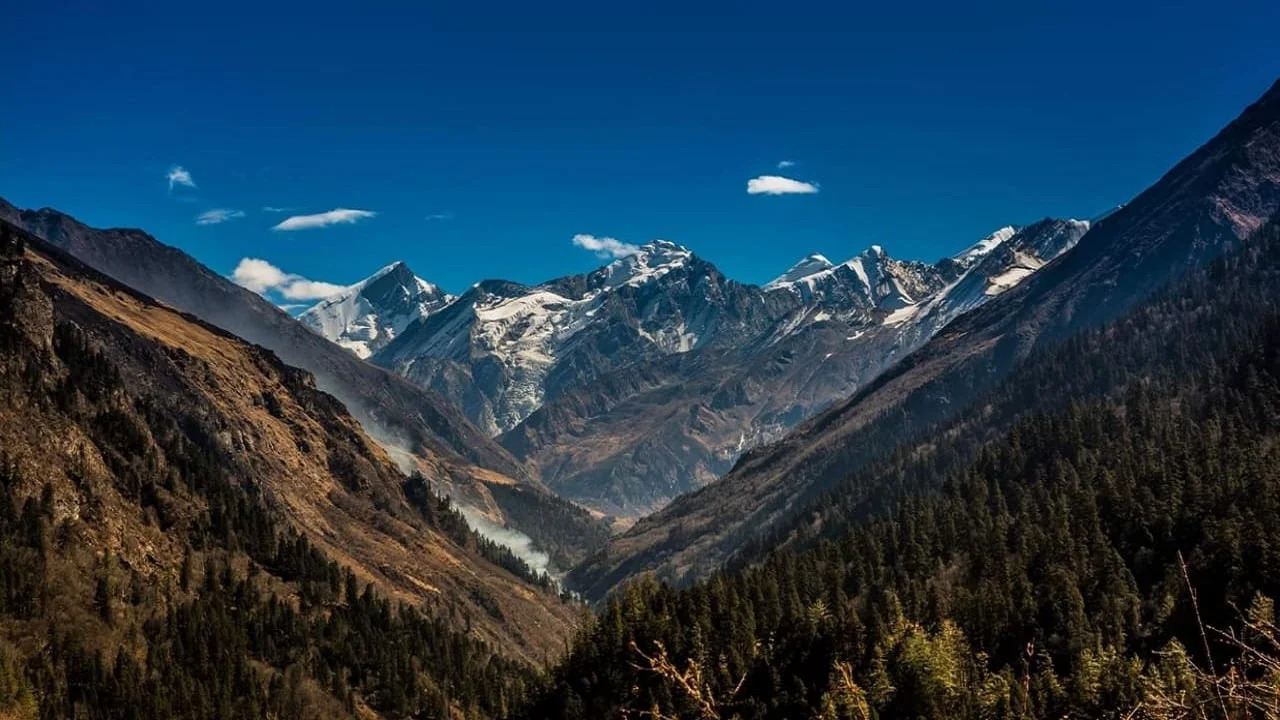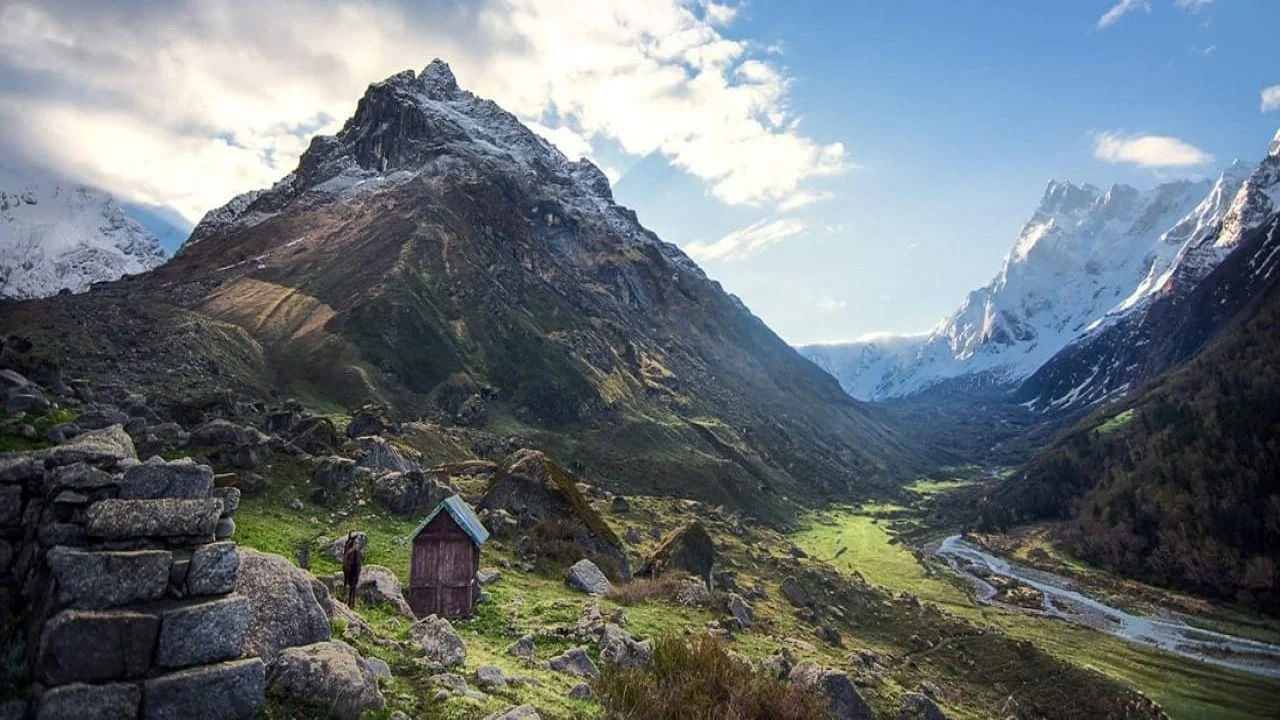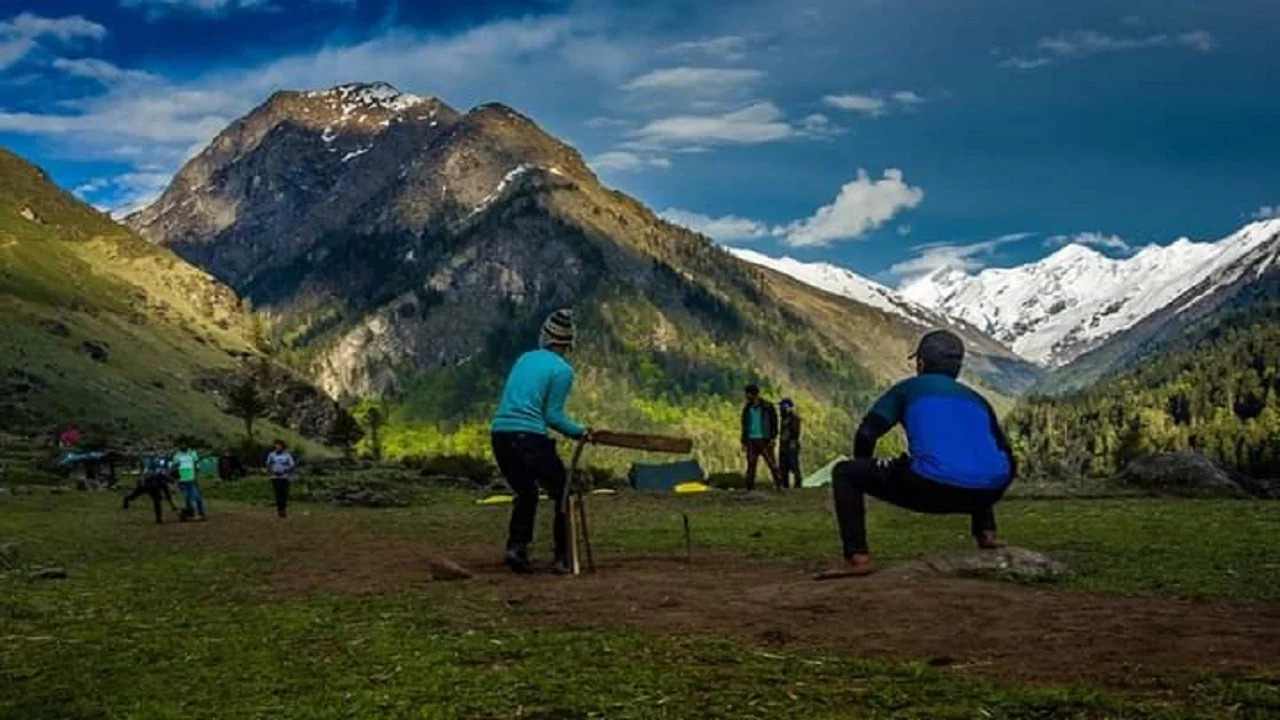My First Har Ki Dun Trek: A Journey of Discovery and Adventure
Introduction
Nestled in the Garhwal Himalayas, Har Ki Dun, also known as the “Valley of Gods,” is a dream trek for nature lovers and adventure seekers. With breathtaking views of snow-capped peaks, lush meadows, and enchanting forests, this trek is an unforgettable journey into the heart of the Himalayas. As a first-time trekker, I embarked on this journey with excitement and curiosity. Consequently, I was eager to explore the hidden beauty of this mystical valley.
Starting Point: Sankri Village
The trek to Har Ki Dun begins from Sankri, a picturesque village in the Uttarkashi district of Uttarakhand. Since Sankri serves as the base camp for many treks, it offers a glimpse of traditional Garhwali culture. The motorable road from Sankri leads to Taluka, the official starting point of the trek. In addition, the village is lined with small wooden houses, and the backdrop of towering mountains sets the perfect tone for the journey ahead.

Trekking Through the Wilderness
As I set foot on the trail, I was instantly captivated by the untouched beauty of the Himalayas. Moreover, the path followed the pristine Supin River, crossing wooden bridges, dense pine forests, and remote villages like Osla and Gangad. The gentle murmur of the river, combined with the fresh mountain air, made every step a moment to cherish. Along the way, we encountered terraced fields, where locals were busy with their daily agricultural activities.
Enchanting Campsites: Pauni Garaat and Kalkattiyadhaar
The first major halt was at Pauni Garaat, a serene riverside campsite surrounded by walnut, pine, and cedar trees. Here, we set up our tents and enjoyed a warm meal under the starlit sky. The next day, the journey continued towards Kalkattiyadhaar, an 8 km stretch featuring steeper climbs. However, the rewarding panoramic views of the Swargarohini peaks made the effort worthwhile. The higher altitude brought cooler temperatures, and the fresh mountain breeze was refreshing.
The Final Ascent to Har Ki Dun Summit

The most awaited part of the trek was the final 14 km ascent to Har Ki Dun. The trail meandered through alpine meadows, thick forests, and steep rocky paths before opening up to the mesmerizing valley. Consequently, the sight of the towering Swargarohini, Black Peak, and Hata Peak left me awestruck. It was a moment of triumph, serenity, and pure joy. The feeling of standing at the summit, taking in the vast expanse of the Himalayas, was indescribable.
The Myths and Legends of Har Ki Dun
Har Ki Dun is not just a trek; rather, it is a journey through history and mythology. According to legends, the Pandavas from the Mahabharata passed through this valley on their way to Swargarohini, the mythical gateway to heaven. The valley is steeped in folklore, with locals sharing fascinating stories about its divine significance. Moreover, many believe that this valley still holds a spiritual aura, making it a place of pilgrimage for some. Read more
Wildlife and Flora: A Paradise for Nature Lovers
The Govind Wildlife Sanctuary, through which the trek passes, is home to diverse flora and fauna. Furthermore, lucky trekkers may spot Himalayan monals, musk deer, and even black bears. The seasonal changes bring different hues to the valley—lush green in summer and pristine white in winter. Birdwatchers will be delighted by the variety of avian species that call this region home. The biodiversity here adds another layer of wonder to the journey.
Experiencing Garhwali Culture

One of the highlights of the trek was interacting with the warm and hospitable locals in villages like Osla and Seema. Their traditional wooden houses, unique dialect, and simple way of life provided a deeper connection to the Himalayan spirit. Additionally, sharing stories around a fire and tasting local cuisine, such as Mandua ki Roti and Rajma Chawal, made the cultural experience truly memorable.
Best Time to Visit Har Ki Dun
Har Ki Dun can be trekked throughout the year, but the best seasons are from September to December and March to June. While summer offers blooming flowers and pleasant weather, winter covers the valley in a magical blanket of snow, making it an ethereal experience. However, monsoon months bring lush greenery, but the trails can be slippery, so caution is advised.
Challenges and Preparation for the Trek
Although categorized as a moderate trek, Har Ki Dun demands good physical fitness. Since the long hiking distances, steep ascents, and high-altitude conditions require stamina and preparation, carrying proper trekking gear, staying hydrated, and acclimatizing to the altitude are crucial. Therefore, it’s advisable to train at least a month before the trek with cardio exercises, strength training, and long-distance walking.
Conclusion
My first Har Ki Dun trek was not just about conquering a trail; instead, it was about discovering myself in the lap of nature. The breathtaking landscapes, rich mythology, and warm hospitality made it a truly enriching experience. Consequently, if you are looking for an adventure that blends beauty, history, and serenity, Har Ki Dun is the perfect trek for you. The experience stays with you, making you long for the mountains again.











